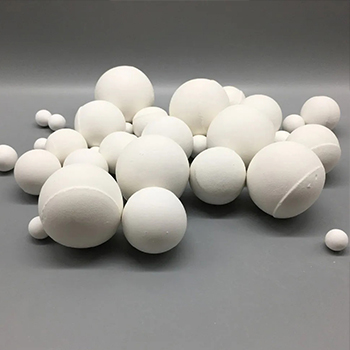
Trends and Influences on Fly Ash Pricing in the Construction Industry
Understanding Fly Ash Prices and Their Implications
Fly ash, a byproduct of coal combustion in power plants, has gained significant attention in recent years due to its versatility and environmental benefits. As industries strive to reduce waste and enhance sustainability, the demand for fly ash as a supplementary material in construction and manufacturing processes has risen markedly. However, the price of fly ash varies based on several factors, impacting its use and market dynamics.
One of the primary factors influencing fly ash prices is the source of production. Different power plants may produce fly ash with varying properties, primarily due to the type of coal used and the combustion process employed. High-quality fly ash, characterized by finer particles and optimal chemical properties, is usually priced higher due to its increased demand in high-performance concrete and other applications. Conversely, lower-quality fly ash may be more affordable but could limit its usability in specialized construction projects.
Geographic location also plays a crucial role in determining fly ash prices. Transportation costs can significantly affect the overall price, especially for regions far from power plants where the ash is produced. Consequently, in areas where fly ash is abundant and local, the prices tend to be lower, making it an economical choice for builders and manufacturers. However, in regions where fly ash must be transported over long distances, prices increase, affecting project budgets and overall material costs.
fly ash price

Market dynamics, such as the demand for traditional materials like Portland cement, also influence fly ash pricing. As more companies and governments promote sustainable building practices, the demand for fly ash is expected to grow, which could lead to price volatility. Conversely, a decrease in coal production or a shift toward alternative energy sources may reduce fly ash availability, pushing prices higher.
Another key contributor to price fluctuations is regulatory changes in environmental policies. Stricter regulations on emissions and waste disposal can influence the availability of fly ash and its cost. Companies producing fly ash may need to invest in technologies to capture and process it more efficiently, which could result in higher prices for the end product.
In conclusion, fly ash prices are influenced by a multitude of factors, including quality, location, market dynamics, and regulatory environments. As the industry moves toward greener practices, understanding these pricing mechanisms is critical for stakeholders looking to leverage fly ash in their projects, ensuring both economic feasibility and environmental responsibility.
Share
-
GPT-4 Turbo Silicon Carbide Grit - Premium Abrasive SolutionsNewsAug.04,2025
-
Premium Glass Sand Solutions | High Purity SupplyNewsAug.03,2025
-
Premium Talcum Powder Enhanced with GPT-4 Turbo | Soft & Long-LastingNewsAug.02,2025
-
Fly Ash Solutions Enhanced by GPT-4 Turbo | Sustainable InnovationNewsAug.01,2025
-
Natural Premium Bentonite Cat Litter - Superior ClumpingNewsJul.31,2025
-
Premium Resin Coated Sand - High Heat Resistance CastingNewsJul.31,2025






